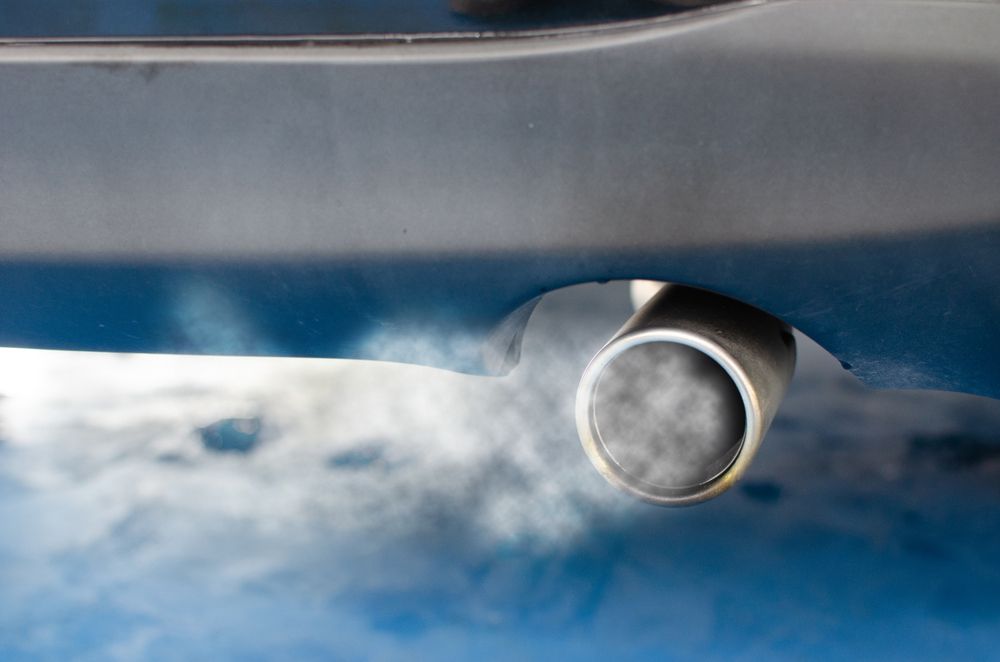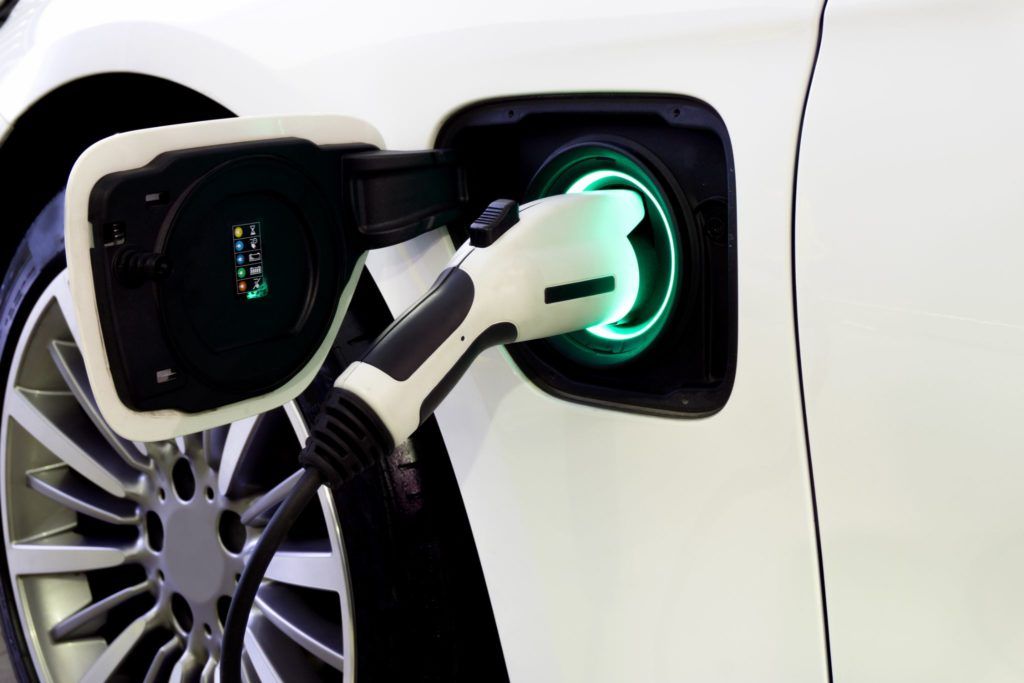The move to put stringent CO2 emissions standards onto heavy-duty vehicles by the European Union (EU) has been welcomed by the industry.
It follows a final ratification decision by the council of the EU to implement the standards, which will be put onto new trucks, buses and trailers, with a goal of achieving a 90% reduction by 2040.
The regulations state that carbon emissions from large trucks and buses, including vocational vehicles, will have to be reduced by 45 percent from 2030, 65 percent from 2035, and 90 percent from 2040. New urban buses will need emissions reduced by 90 percent by 2030 and become zero-emission vehicles by 2035.
Prior to the vote, a joint letter by businesses was sent to the EU Council urging them to commit to the standards and stating that the transport agreement would help “contribute to Europe’s industrial competitiveness, economic prosperity, and climate-neutral future.”
The Commission will conduct a review in 2027 to evaluate the effectiveness of the new regulations.
Jayson Dong, Senior Manager, Public Policy – EU, DACH, and Italy, ChargePoint, said it welcomed the formal adoption of the CO2 emissions regulation for heavy-duty vehicles by the European Parliament, as “this piece of legislation will help create long-term regulatory and investment certainty in heavy-duty fleet electrification”.
The landmark move will not only advance the adoption of zero-emission vehicles across Europe but will also have a global effect, as many main truck manufacturers are based in the EU.
Dong added:
“It also plays a key role in ensuring that OEMs roll out the mass amount of e-trucks needed in the coming years to match demand as well as support Europe’s overarching climate ambitions.”
Sita Holtslag, Europe Director, CALSTART’s Drive to Zero program, said:
“The EU has taken a major leap forward today in combating the climate crisis by ensuring new heavy-duty vehicles will increasingly be zero-emission, thus improving air quality for local communities across Europe.
“This move sends a strong message to all countries around the world that vehicle emissions reductions are possible with strong policies and action.”
Image from Shutterstock








